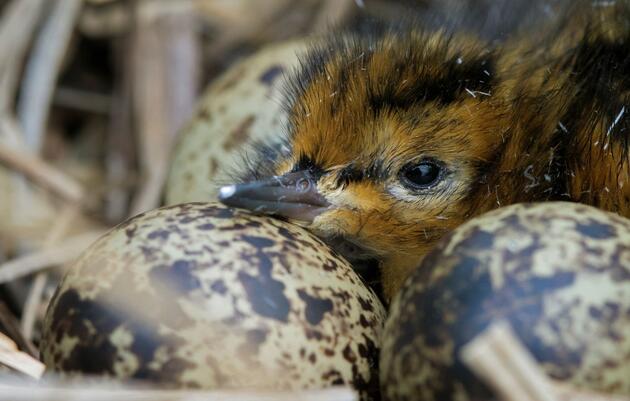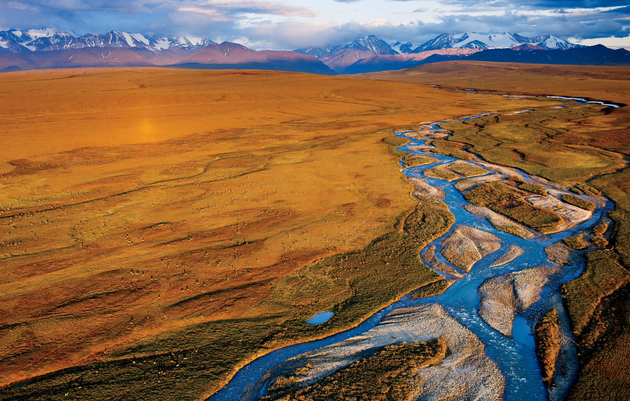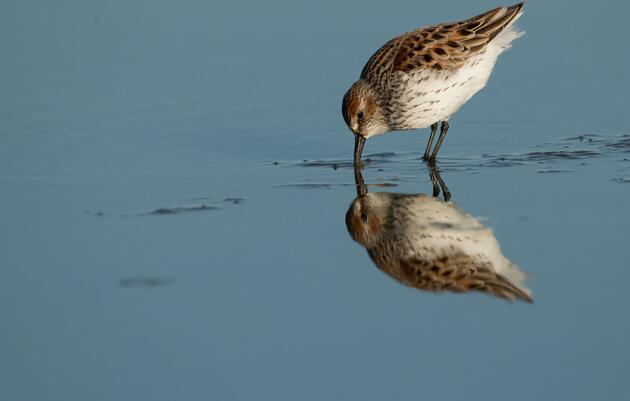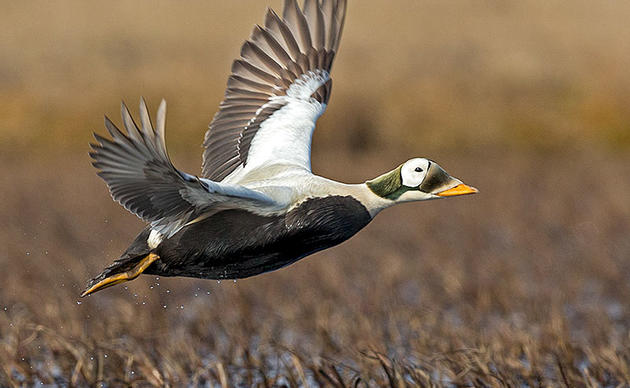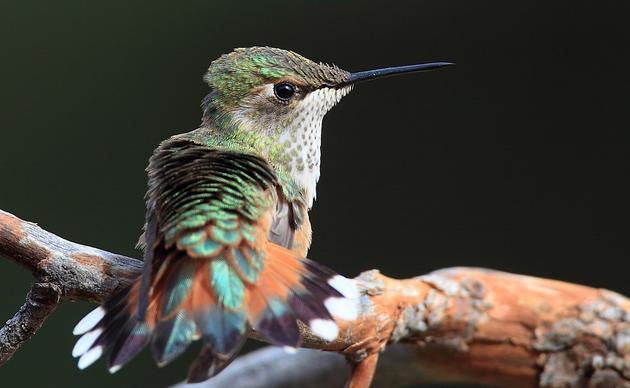Have you ever gazed at a gooey, coastal Alaska mudflat and wondered: what are those shorebirds doing out there? You’ll find the answer in a new episode of the SeaBank Chronicles, where Audubon Alaska and the Alaska Sustainable Fisheries Trust (ASFT) take you for a ride on the Stikine River Delta.
If you haven’t yet listened to ASFT’s SeaBank Chronicles, it’s a short podcast that delivers regional ecosystem science, but with a twist: an immersive soundscape woven with music and audio effects. A cross between radio theater and a science lesson, this podcast places you in the starring role of a groundtruthing adventurer, guided by a trusty radio operator (that’s me).
In the 7-minute episode “Sandpipers on the Silvery Stikine,” Audubon Alaska wanted to explore western sandpiper migration–specifically, what draws this species to the Stikine River Delta each spring on its way to breeding grounds in Arctic and subarctic Alaska.
This wide intertidal delta–a 27,000-acre landform channeled with a brackish mix of river and marine waters–was fresh in my mind when I began writing the script for this episode. I’d visited in late April, around the time of the Stikine Birding Festival, when a friend and I hired a jet boat to take us to Mallard Slough cabin. We hiked, feasted on hooligan, and swept our binoculars across a mosaic of mud, marshes, and meandering sloughs in search of sandpipers.
Western Sandpipers are a petite, puffy species with running behaviors often likened to wind-up toys, dark legs a blur beneath salt-and-pepper feathers. Sharp jeet-jeet-jeet vocalizations, rapid pecking, and intricately choreographed murmurations are all telltale characteristics.
You’ll find these details in “Sandpipers on the Silvery Stikine,” wrapped in the sounds of tidal waters, squelching boots (the delta is a thrillingly wet and muddy place), and of course the calls of shorebirds–courtesy of Audubon's nature recordist Lang Eliott. But there’s one more thing.
I always include music in a SeaBank Chronicles episode, evocative instrumentals that convey awe, concern, mystery, or celebration. In Audubon’s shorebird episode, they carry us to a bit of ecosystem science I hope listeners will find new or profound. I won’t give away the surprise here, but it relates to the delta’s silvery sheen. Ok, just one hint: in recent years, research has revealed that sandpipers on spring migration aren’t eating crustaceans or invertebrates.
While working on the script for “Sandpipers on the Silvery Stikine,” I learned a hopeful fact: birders in Alaska offer a significant boost to regional economies, bringing an influx of tourism dollars and a deep appreciation for ecosystems at the heart of local lives and livelihoods. Birders are often loyal conservationists, too, reliably engaging in advocacy that supports birds and the wild places they depend on for food, protection, and rearing young. If you’re a traveling birder, please accept my heartfelt appreciation.
And now, it’s time to sit back and put on your headset. Your radio operator is standing by with another SeaBank Chronicles transmission.
—Beth Short-Rhoads produces and hosts The SeaBank Chronicles, a 7-minute science and mystery podcast from the Alaska Sustainable Fisheries Trust (ASFT). ASFT empowers citizens and policymakers with its data-rich SeaBank Ecosystem Report, an annual survey of the economic, social, and cultural wealth held by the lands and waters of Southeast Alaska.


